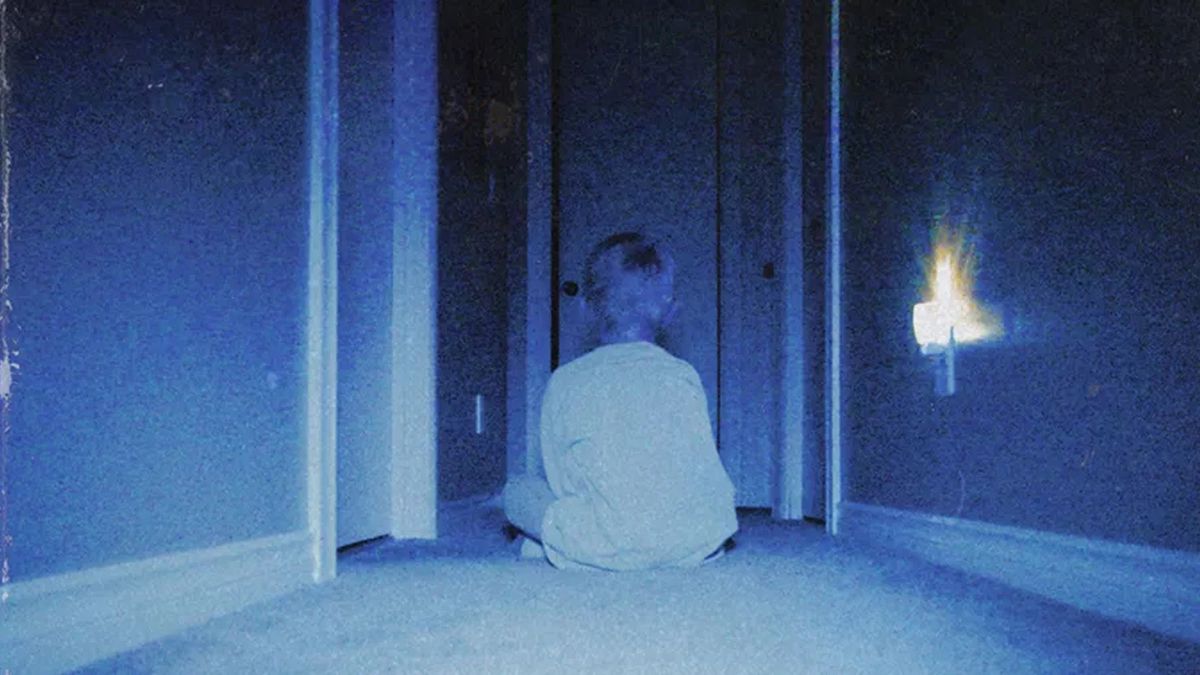By Kaylan Kha
Editor in Chief
With more than 80,000 alcohol-related deaths each year in the United States, as reported by the National Institute on Alcohol Abuse and Alcoholism, the strong influence that alcohol has on the country is evident. As alcohol consumption begins to rise, it is important to remember that the minimum drinking age of 21 has been effective in both saving lives and reducing alcohol consumption in the United States.Along with safety precautions like seatbelts, minimum legal drinking age laws are especially crucial to minimizing preventable deaths. A study done by the Journal of Studies on Alcohol and Drugs (JSAD) found that the number of fatally injured underage drinkers decreased by 56 percent after the National Minimum Drinking Age Act of 1984, which raised the drinking age from 18 to 21, was enacted.
Conversely, lowering the drinking age would create the perception that increased consumption of alcohol holds no risks. New Zealand saw a surge in crash risks after the country lowered its minimum legal drinking age in 1999. In the following six years, younger drivers were 15 percent more likely to be involved in alcohol-related deaths and 20 percent more likely after ten years, according to Massey University researchers Dr Taisia Huckle and Karl Parker.
Undoubtedly, drinking age laws have led to forbidden fruit syndrome within teenagers, where individuals have a stronger yearning for things that they cannot have. Yet, it is expected that some teenagers will still find a way to get ahold of alcohol—whether the age is 18 or 21. The same study that was published in the JSAD found no evidence that a higher age led to higher rates of consumption.
“Even though consumption remains significant among the younger population and increases as people get older, it’s still lower than it would be if you lowered the age to 18,” stated University of Virginia professor Richard Bonnie.
While these laws cannot completely end underage drinking, they can deter it—which is crucial to brain development. Neuroscientist Susan Tapert from the University of California, San Diego conducted brain scans of teenagers who drank and those who did not and discovered damaged brain tissue in drinkers. Research done by Harvard University also showed that seven out of ten college students are binge-drinking, which can cause irreversible problems to the brain. The prefrontal cortex, the part of the brain in charge of judgment and logical reasoning, is not fully developed until the early 20s, which explains why the drinking age limit is placed at 21.
Americans need to be educated on the effects of alcohol consumption to understand that the minimum legal drinking age was put in place to protect, not restrict, and thus, is non-negotiable. Local communities should place efforts into enforcing safe alcohol practices.
The minimum legal drinking age of 21 has become accepted as the norm in the United States, continuing to lower the likelihood of alcohol-involved car collisions and susceptibility to brain damage for youth. Regardless of what the legal drinking age is, underage drinking will still present an issue to the nation—but a lower age would merely exacerbate that problem.

